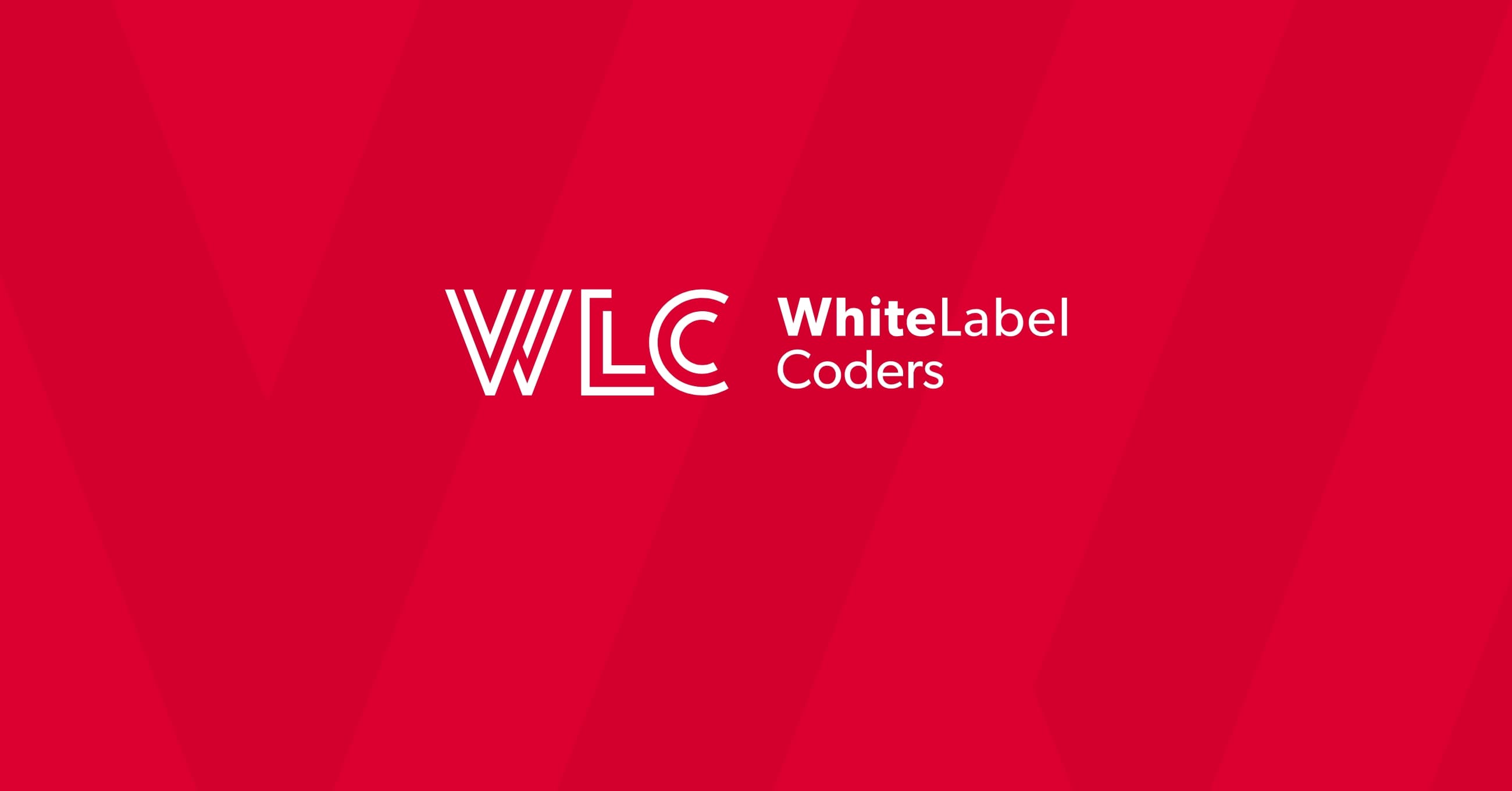Category: WooCommerce
Is OData a RESTful?

OData (Open Data Protocol) is partially RESTful but doesn’t fully comply with all REST architectural constraints. While OData implements core RESTful principles like statelessness and client-server architecture, it deviates from pure REST in its handling of the uniform interface constraint. OData introduces protocol-specific query options and conventions that extend beyond traditional REST, providing powerful data querying capabilities at the expense of some RESTful purity. This makes OData more of a REST-inspired protocol rather than a fully RESTful implementation.
Understanding RESTful APIs and OData fundamentals
RESTful APIs and OData represent two approaches to creating web services that allow applications to communicate over HTTP. REST (Representational State Transfer) is an architectural style defined by Roy Fielding in 2000 that emphasizes simplicity, statelessness, and a uniform interface. OData, on the other hand, emerged as a standardized protocol for creating and consuming data APIs.
REST is built upon six core architectural constraints:
- Client-server architecture
- Statelessness
- Cacheability
- Layered system
- Uniform interface
- Code on demand (optional)
OData was developed by Microsoft and standardized by OASIS to provide a common way to query and manipulate data. It establishes conventions for consistent resource addressing and provides a standard query language that can be used across different implementations. This standardization is particularly valuable in complex enterprise environments where data interoperability is crucial.
When building systems like e-commerce platforms using WooCommerce development services, understanding API architecture becomes essential for integrating with various services and data sources.
What is OData and how does it work?
OData (Open Data Protocol) is an open protocol that enables the creation and consumption of queryable and interoperable RESTful APIs. It works by defining a set of conventions for creating and consuming RESTful APIs that focus specifically on data access and manipulation.
At its core, OData provides:
- A standardized URL structure for addressing resources
- A query language for filtering, sorting, and paging data
- A metadata format that describes the data model
- Conventions for updating data through HTTP verbs
OData uses standard HTTP methods (GET, POST, PUT, DELETE) and works with common data formats like JSON and XML. What makes OData particularly powerful is its query capabilities, allowing clients to request precisely the data they need.
| OData Feature | Description | Example |
|---|---|---|
| $filter | Filters collections based on specific criteria | /Products?$filter=Price gt 20 |
| $select | Requests specific properties rather than entire entities | /Products?$select=Name,Price |
| $expand | Includes related entities in a single request | /Products?$expand=Category |
| $orderby | Sorts results by specified properties | /Products?$orderby=Price desc |
These query capabilities make OData particularly valuable for complex data-driven applications. In e-commerce systems built with WooCommerce development, such capabilities could streamline product filtering, sorting, and category navigation.
Is OData fully compliant with RESTful principles?
OData is not fully compliant with all RESTful principles, though it adheres to many of them. The relationship between OData and REST is nuanced, with OData implementing some constraints well while diverging from others.
Here’s how OData measures against the six REST constraints:
- Client-server separation: OData fully complies by maintaining a clear separation between client and server concerns.
- Statelessness: OData generally adheres to this principle, as each request contains all the information needed for the server to process it.
- Cacheability: OData supports HTTP caching mechanisms, though some query operations can complicate caching strategies.
- Layered system: OData services can be deployed through multiple layers, complying with this constraint.
- Uniform interface: This is where OData deviates most significantly. While it uses standard HTTP methods, OData introduces protocol-specific query options ($filter, $expand, etc.) that extend beyond REST’s resource-oriented model.
- Code on demand: As an optional constraint, OData doesn’t particularly focus on this aspect of REST.
The primary point of deviation is in the uniform interface constraint. Pure RESTful APIs typically emphasize resource manipulation through representations with a minimal set of well-defined operations. OData adds a layer of query language capabilities that, while powerful, move away from the simplicity of a pure REST approach.
What are the key differences between OData and pure RESTful APIs?
OData and pure RESTful APIs differ in several important aspects that developers should understand when choosing an approach for their projects. The primary differences focus on standardization, query capabilities, and interface complexity.
| Aspect | Pure RESTful APIs | OData |
|---|---|---|
| Standardization | Follows general REST principles but implementations vary widely | Provides specific conventions and standards for data services |
| Query capabilities | Custom query parameters designed per API | Standardized query options ($filter, $select, etc.) |
| Response format | Any format, typically JSON with custom structure | Standardized format with metadata |
| Complexity | Can be simpler, more focused on specific use cases | More complex but with standardized patterns |
| Learning curve | Varies by implementation | Steeper but consistent across implementations |
Pure RESTful APIs typically embrace the principle of hypermedia as the engine of application state (HATEOAS), where responses include links that guide clients through possible actions. OData, while supporting links between resources, doesn’t emphasize this aspect as strongly.
In e-commerce scenarios, these differences matter. A WooCommerce store with complex product queries might benefit from OData-like approaches, while simpler stores might be better served by pure RESTful patterns. Expert WooCommerce development services can help determine the best approach for your specific needs.
How can developers implement OData in a more RESTful way?
Developers can adopt several practices to implement OData services that better align with RESTful principles while still leveraging OData’s powerful data querying capabilities. Finding this balance creates systems that are both standardized and architecturally sound.
Consider these best practices:
- Focus on resource-oriented design first, ensuring your entities map to clear business concepts before adding query capabilities
- Use consistent HTTP methods according to their intended purposes (GET for reading, POST for creation, etc.)
- Implement proper HTTP status codes to indicate success, failure, and error conditions
- Leverage HTTP caching mechanisms by setting appropriate headers
- Consider implementing HATEOAS principles by including relevant links in responses
- Use OData’s batch processing capabilities judiciously, as they can complicate the stateless nature of RESTful services
- Document your API thoroughly, explaining both RESTful and OData-specific aspects
When implementing complex features in service-oriented systems, similar considerations apply. For instance, when developing functionality for WooCommerce stores, balancing powerful search and filtering capabilities with clean architectural principles leads to more maintainable solutions.
When should you choose OData over a custom RESTful API?
Choosing between OData and a custom RESTful API depends on your project requirements, team expertise, and long-term goals. OData excels in certain scenarios while custom RESTful APIs might be more appropriate in others.
Consider OData when:
- Your application requires complex data querying, filtering, and transformation capabilities
- You need standardized access to data across multiple services or applications
- Your clients have diverse data needs that can’t be efficiently predicted in advance
- You want to reduce the amount of custom query endpoint development
- Interoperability with existing OData consumers or tools is valuable
A custom RESTful API might be better when:
- Your API requirements are simpler and well-defined for specific use cases
- Performance optimization for specific query patterns is critical
- You want to minimize protocol complexity and keep the learning curve low
- You prefer complete control over your API’s design and evolution
- Your resources don’t fit well into OData’s entity-relationship model
In e-commerce development, these considerations inform integration strategies. For example, a specialized WooCommerce store with complex product relationships might benefit from OData-like approaches for product discovery, while checkout processes might use simpler RESTful patterns.
Key takeaways: Balancing OData functionality with RESTful principles
When working with OData and REST, finding the right balance between standardized functionality and architectural purity is key. OData provides powerful capabilities that, when used thoughtfully, can complement RESTful design rather than contradict it.
Remember these important points:
- OData is REST-inspired rather than purely RESTful, offering a standardized approach to data APIs
- The primary deviation from REST is in OData’s extension of the uniform interface with query options
- You can implement OData services in more RESTful ways by focusing on resource design and proper HTTP usage
- Choose OData when standardized query capabilities outweigh the need for REST purity
- Consider your team’s expertise and long-term maintenance requirements when making architectural decisions
The debate between OData and REST isn’t about right or wrong approaches but about choosing the right tool for your specific needs. Many successful systems use OData for data-heavy operations while maintaining RESTful principles for other aspects of their architecture.
This pragmatic approach extends to other areas of development as well. For instance, when working with WooCommerce development services, combining standard e-commerce patterns with custom functionality creates the most effective solution for your unique business requirements.
By understanding both the strengths and limitations of OData in relation to RESTful principles, you can make informed architectural decisions that serve your project’s goals while maintaining sustainable, well-designed systems.

